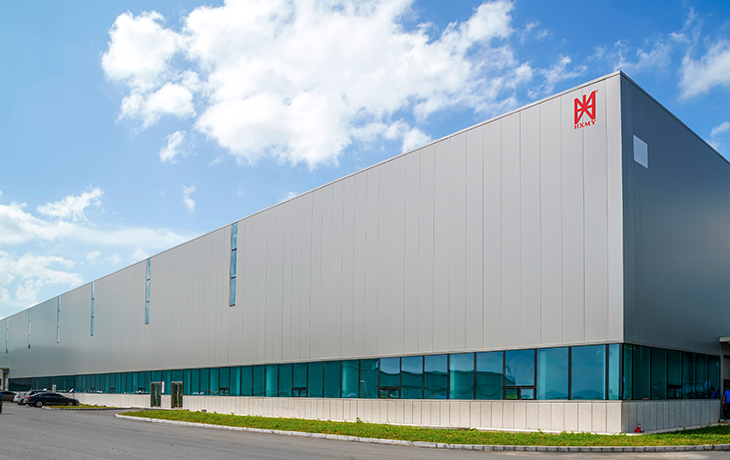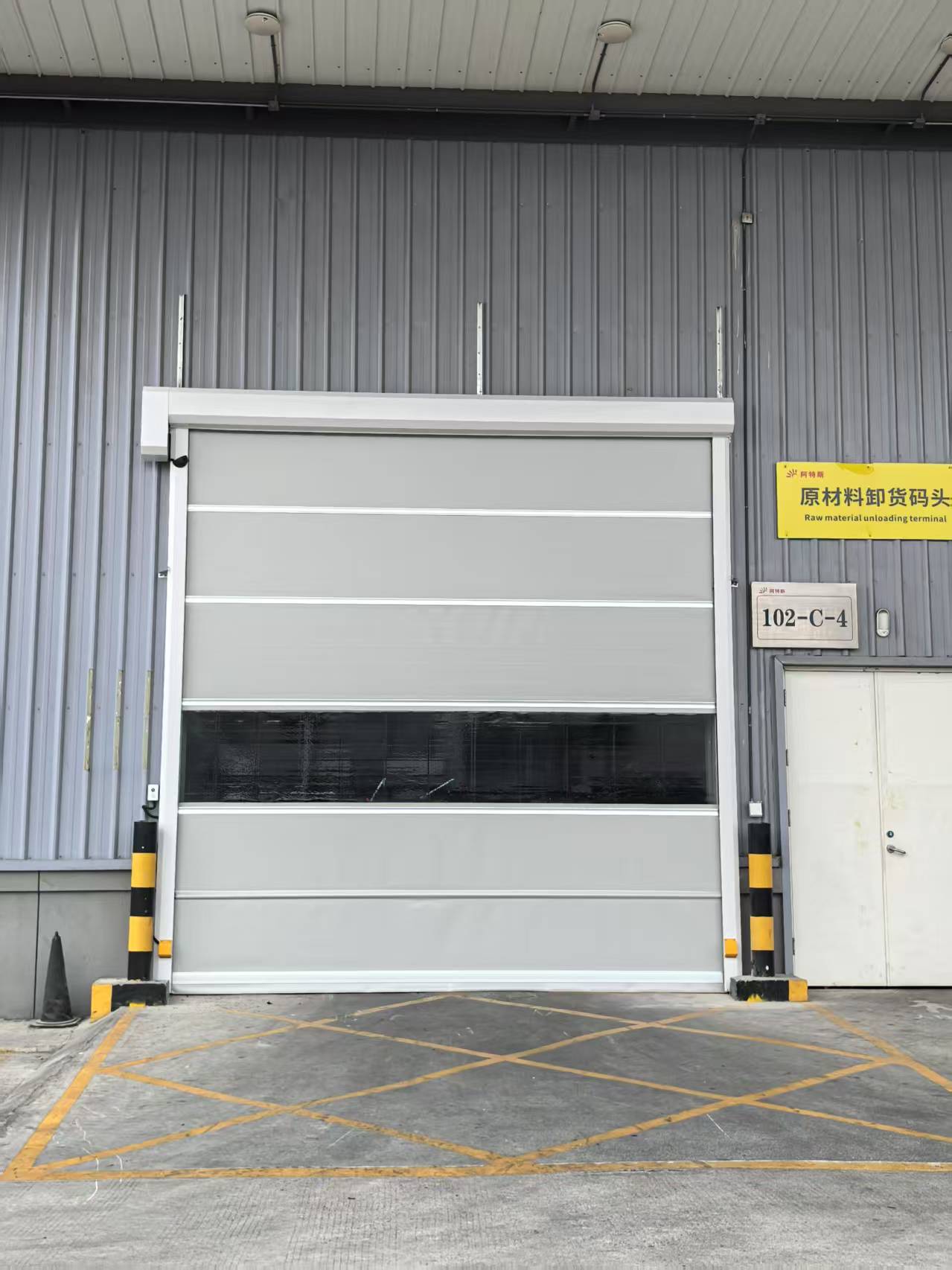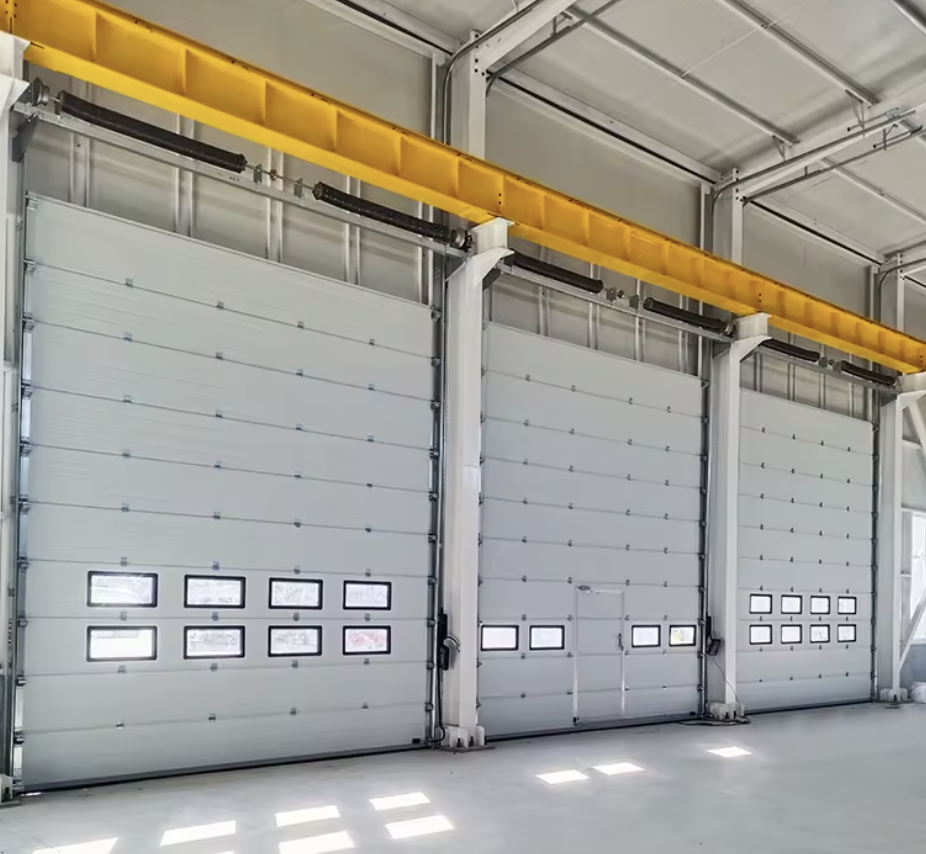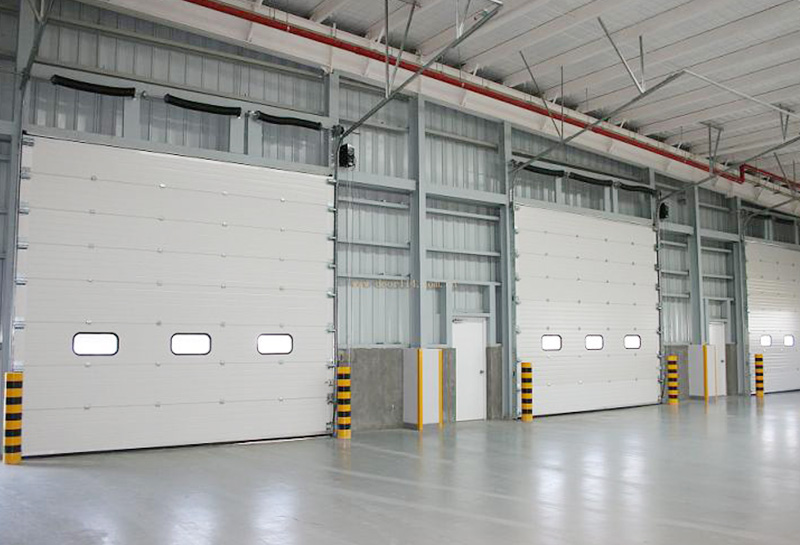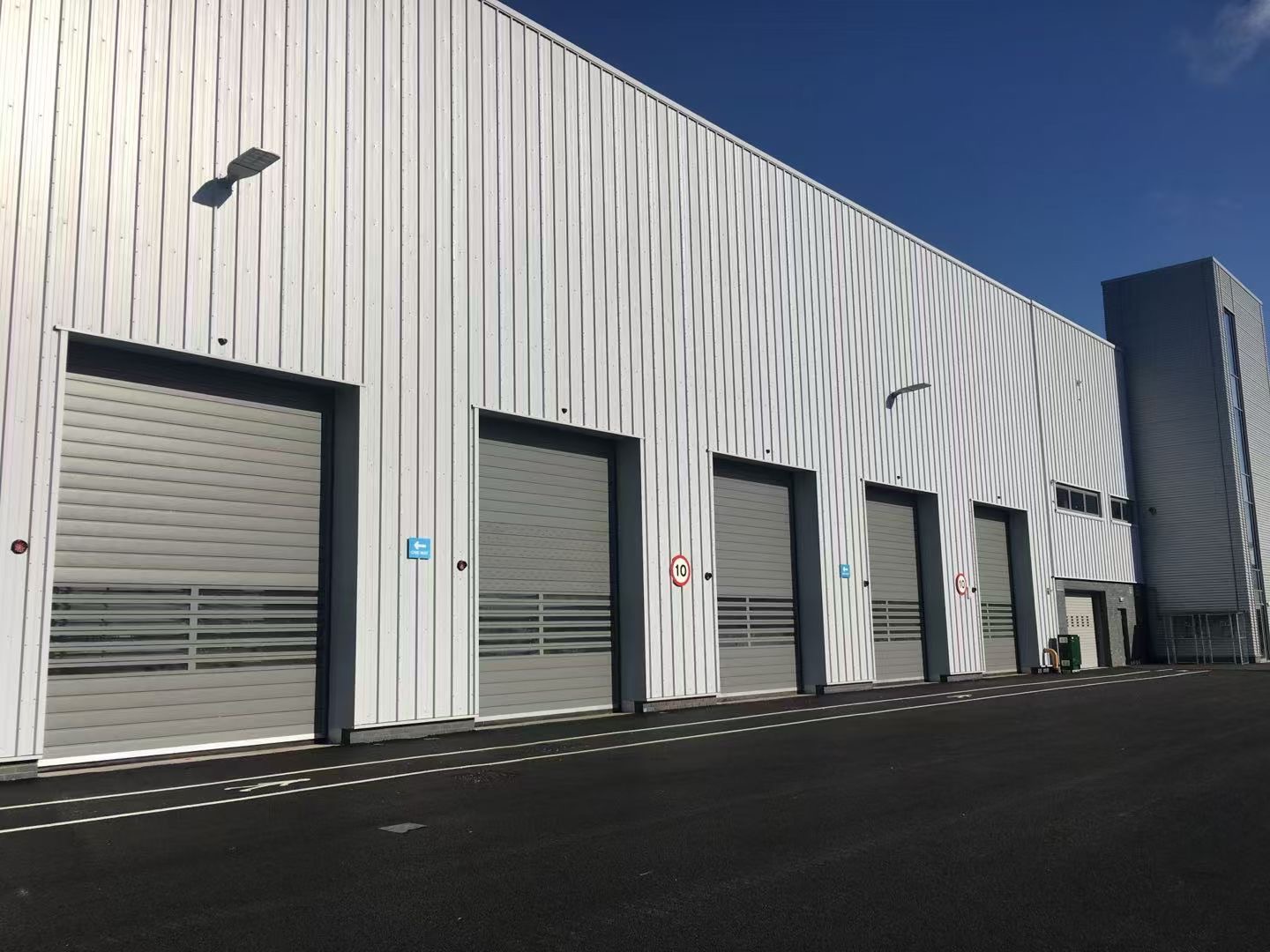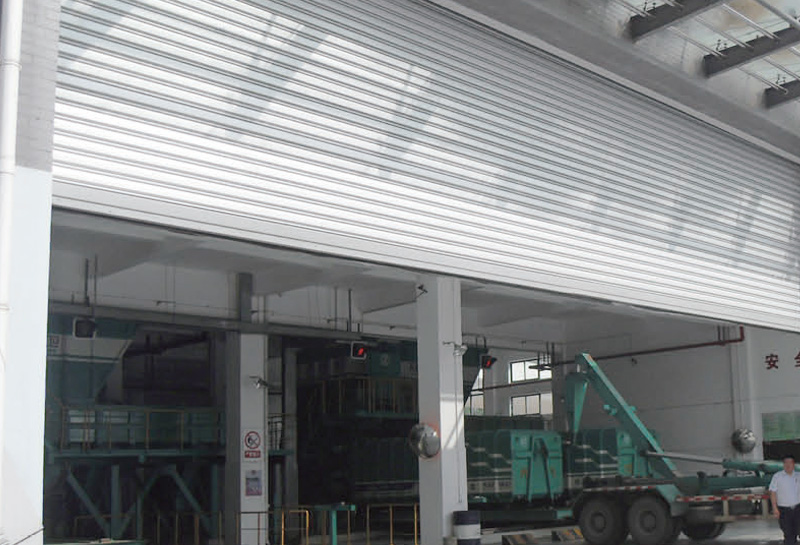In the quest for smarter, faster, and safer manufacturing, high-speed doors are emerging as game-changers in automated workshops. Combining lightning-fast operation with industrial-grade resilience, these systems are redefining productivity, energy efficiency, and worker safety across sectors.
Engineered for Agility and Endurance
Unlike traditional industrial doors, modern high-speed models operate at speeds up to 3 meters per second, slashing wait times for material transfers and personnel movement. Paired with robust materials like reinforced PVC, aluminum, or stainless steel, they withstand harsh environments, heavy use, and extreme temperatures without compromising performance.
Boosting Efficiency, Cutting Costs
By sealing off zones instantly, high-speed doors maintain climate control, reduce HVAC energy consumption by up to 20%, and minimize contamination risks in cleanrooms or food processing areas. Their seamless integration with automation systems—such as conveyors, AGVs, and robots—ensures uninterrupted workflows, boosting throughput by 15–25% in pilot deployments.
Safety First, Always
Safety features like infrared safety beams, soft-edge technology, and emergency stop protocols prevent accidents, while self-repairing mechanisms reduce maintenance downtime. "These doors aren’t just barriers—they’re intelligent guardians of productivity," notes [Expert Name], Director of Operations at [Manufacturing Firm].
The Future of Smart Factories
As Industry 5.0 trends toward human-machine collaboration, high-speed doors adapt with IoT connectivity, predictive maintenance alerts, and customizable access controls. Whether in automotive assembly, e-commerce warehouses, or aerospace fabrication, they’re proving indispensable for lean, resilient operations.
High-speed doors are no longer optional add-ons—they’re strategic investments for factories aiming to stay competitive in a fast-paced, high-stakes market. The fusion of speed and durability isn’t just an upgrade; it’s a revolution in motion.




